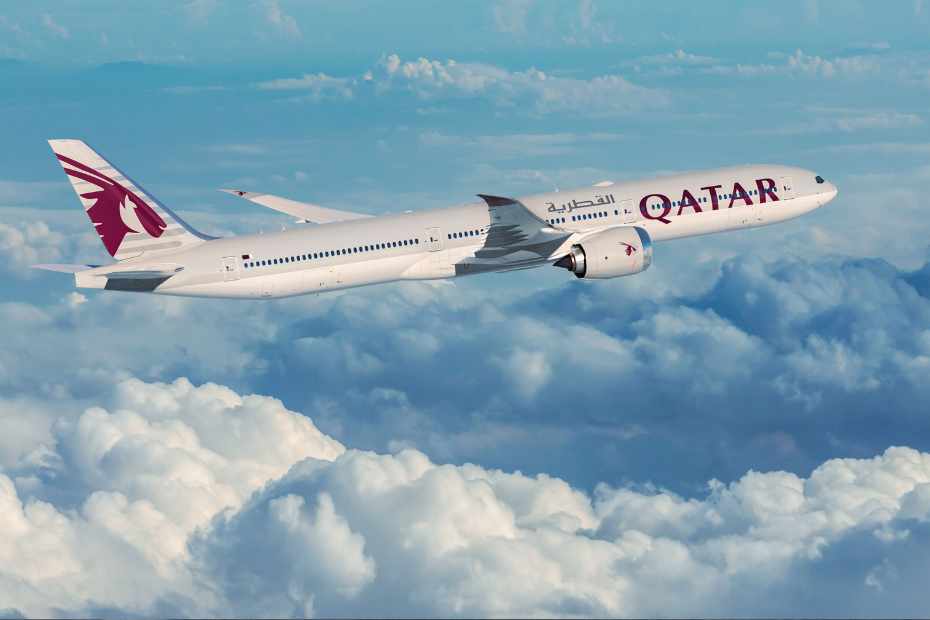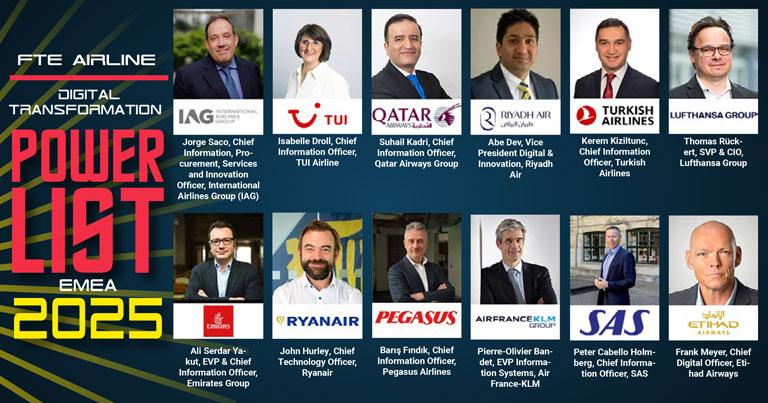Americans’ travel bug for Europe is too much of a good thing

Throw a stone in Manhattan, and chances are it will hit a New Yorker preparing for a European vacation. More Americans, especially wealthier ones, are packing their bags and heading to Europe, be it for a sojourn in Italy or an ancestor-hunting trip to Ireland, than vice versa. The phenomenon has created the biggest tourism-related trade gap in more than two decades. It shows the present strength of the U.S. economy, and also a long-term vulnerability.
To economists, when U.S. citizens go abroad and spend money, it counts as an import. When a visitor from Texas shells out for a room at the Ritz Paris and splurges on a meal at La Coupole, it’s treated conceptually, for the purposes of totting up trade flows, as if they brought those luxuries home with them. Conversely, a British group taking in a Broadway show or visiting the observation deck of the Empire State building counts as an export on the U.S. side of the ledger.
For decades, the U.S.-European travel trade balance hasn’t swung much in either direction. In 1999, the United States had a surplus of $1.4 billion, meaning that Europeans forked out more when visiting the country than the reverse. Last year, however, brought a $27.3 billion deficit, the largest recorded in the 2000s and 66% more than the deficit in 2022, according to the U.S. Bureau of Economic Analysis. That fits with other high-water marks: The Transportation Security Administration screened more than 3 million people at airports across the U.S. on July 7, the most during a single day since its founding in 2001.
Vacations aren’t just a financial decision, but an emotional one too — and Americans exited the pandemic with a heap of pent-up wanderlust. But the monetary tailwinds are undeniable. The strong dollar, and stubbornly high prices for some goods and services in the United States, are a siren call to take advantage of a perceived price arbitrage.
One of the most iconic examples is pop singer Taylor Swift, whose recent Eras tour set back the average U.S. concertgoer around $2,200 per ticket, based on average resell prices tracked by data provider and ticket seller TicketIQ. In the Swedish capital, the cost of attendance for cheap seats, was around $300. Layer in the lower cost for hotels and dining and the trade makes financial sense. Bank of America noticed an uptick of more than a fifth year-over-year in international point-of-sale spending in Paris during May 9 to May 13, coinciding with Swift’s opening leg. Even before that, there were other notable signs: Europe comprised the largest share on an absolute volume basis of international in-person card spending in April at 32%, Bank of America found.
The dollar is only part of the story. True, its rise to the strongest level versus the euro in 20 years back in 2022 gave Americans a reason to hop on planes. But the greenback has been strong in other periods that didn’t correspond with an uptick in travel. What’s different is that the U.S. economy is also robust, and wealthier households find it easier to withstand the still-above-target growth in consumer prices. Not only are more U.S. tourists heading to Europe than the other way round – last year, the gap was 7 million, the largest mismatch since 2012, according to the U.S. National Travel and Tourism Office. They have more money as well: last year’s average traveling household had combined income of $154,000 according to the NTTO, compared to $139,000 in 2019.
How does Europe feel about this? It’s complicated. While the flood of visitors to Rome and beyond is helping to buoy local economies, it is also driving up prices. The average daily rate for a hotel room in Italy, for instance, rose 42% from 2019 to May to $210, according to real estate data provider CoStar. Landlords opting to let their properties via Airbnb are also distorting housing markets in tourist meccas. During the first quarter, long-term rentals in Madrid fell 15% year-over-year while short-term rentals, of the kind that attract tourists, increased more than half, according to online real estate firm Idealista. In Barcelona, protesters sprayed visitors with water guns chanting “tourists go home,” according to Reuters. The group that organized the protest, the Assembly of Neighborhoods for Tourism Degrowth, wants to put a cap on short-term accommodations, raise taxes and reduce the number of cruise terminals.
Getting more Europeans to come to visit theme parks like Walt Disney World and the like will be a harder sell too, because even if economic conditions adjust, there are other factors likely to weigh on potential inbound U.S. tourists. The United States ranks 17 out of 18 of the top travel markets in terms of global competitiveness in categories including the government’s engagement, safety, ease of travel with visas and the recovery rate post-pandemic, according to a survey conducted by Euromonitor International on behalf of the U.S. Travel Association. The United Kingdom takes the top spot.
The United States’ weak performance, relative to its stature in other respects, reflects a lack of a centralized national strategy and red tape. The U.S. permits 42 nations’ visitors to enter visa-free, versus the U.K. which permits 102 countries, for instance. Security fears are part of the problem too: Uncle Sam ranks 13th on the Travel Association’s survey in terms of safety, behind Spain, France, Germany, the United Kingdom and Greece. The recent assassination attempt on former president Donald Trump using a semi-automatic rifle that in many European countries would be significantly harder for an individual to obtain, can’t help.
There will be opportunities to entice Europeans stateside. Several U.S. cities will host the World Cup in 2026, with the final to be held in New Jersey. But the financial and cultural drivers of the bilateral tourism deficit with Europe will take time to erode, and may only strengthen. Over the long term, that could have ominous symbolism. Exporting tourists is a badge of honor for a strong, wealthy economy. But persistently failing to attract visitors in return could be a sign that the dominant global superpower is losing its allure.
The authors are Reuters Breakingviews columnists. The opinions are their own.
Sign up for our weekly newsletter to get more English-language news coverage from EL PAÍS USA Edition
Related
Turkish Airlines and Qatar Airways Suspend Mogadishu Flights Following US…
Home » Airlines News of Qatar » Turkish Airlines and Qatar Airways Suspend Mogadishu Flights Following US Embassy Terror Alert, Raising Security Concerns at
Local tourism destinations grow fast
Men sit at the Doha Corniche backdropped by high buildings in Doha on March 3, 2025. Photo by KARIM JAAFAR / AFP DOHA: Local tourism destinations are g
Hajj, Umrah service: Qatar Airways introduces off-airport check-in for pilgrims
Image credit: Supplied Qatar Airways has introduced an off-airport check-in
IAG, Qatar Airways, Riyadh Air, Turkish Airlines, Lufthansa & more…
Turkish Airlines – a Corporate Partner of the FTE Digital, Innovation & Startup Hub – is charting a course to rank among the top 3 global airlines for












